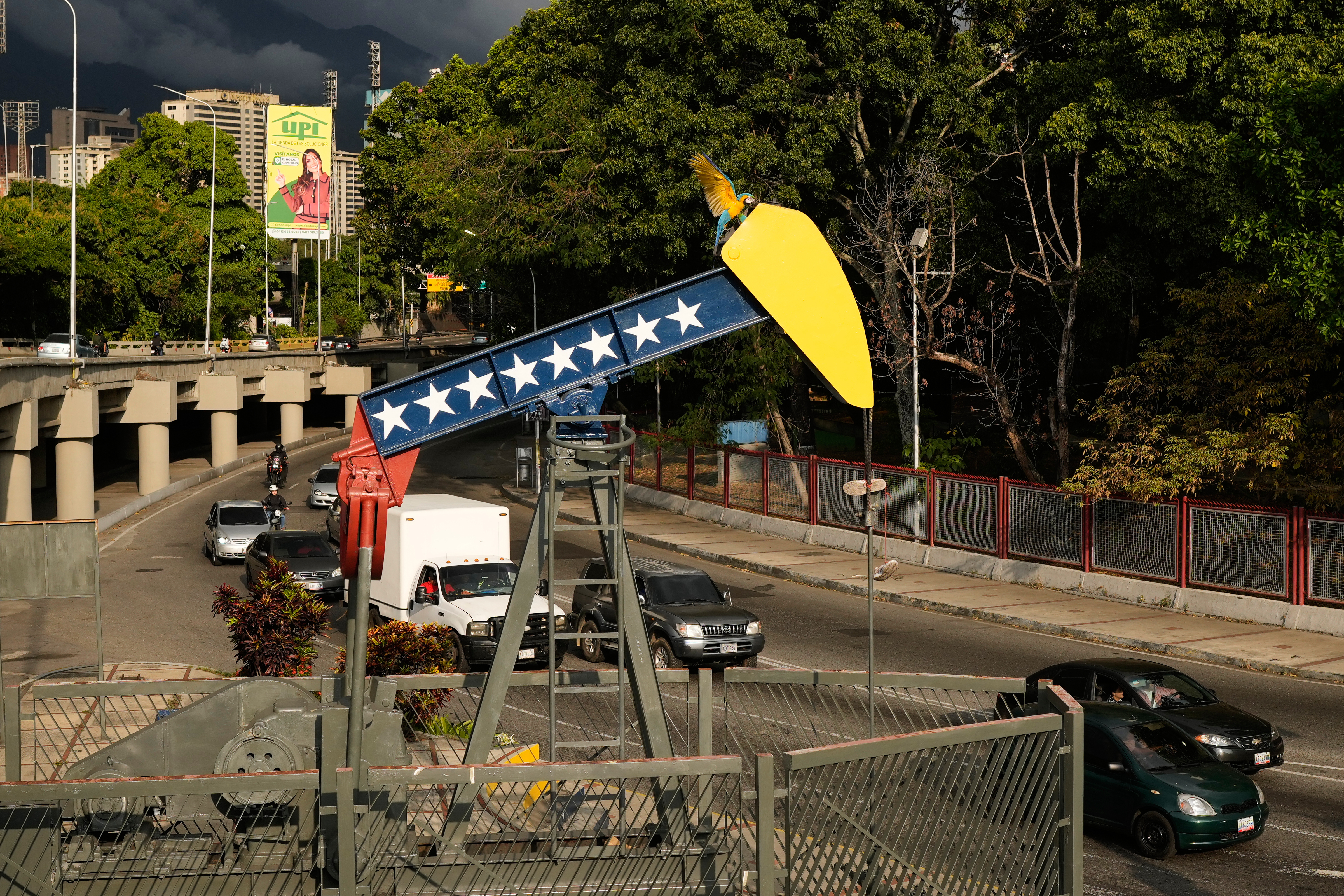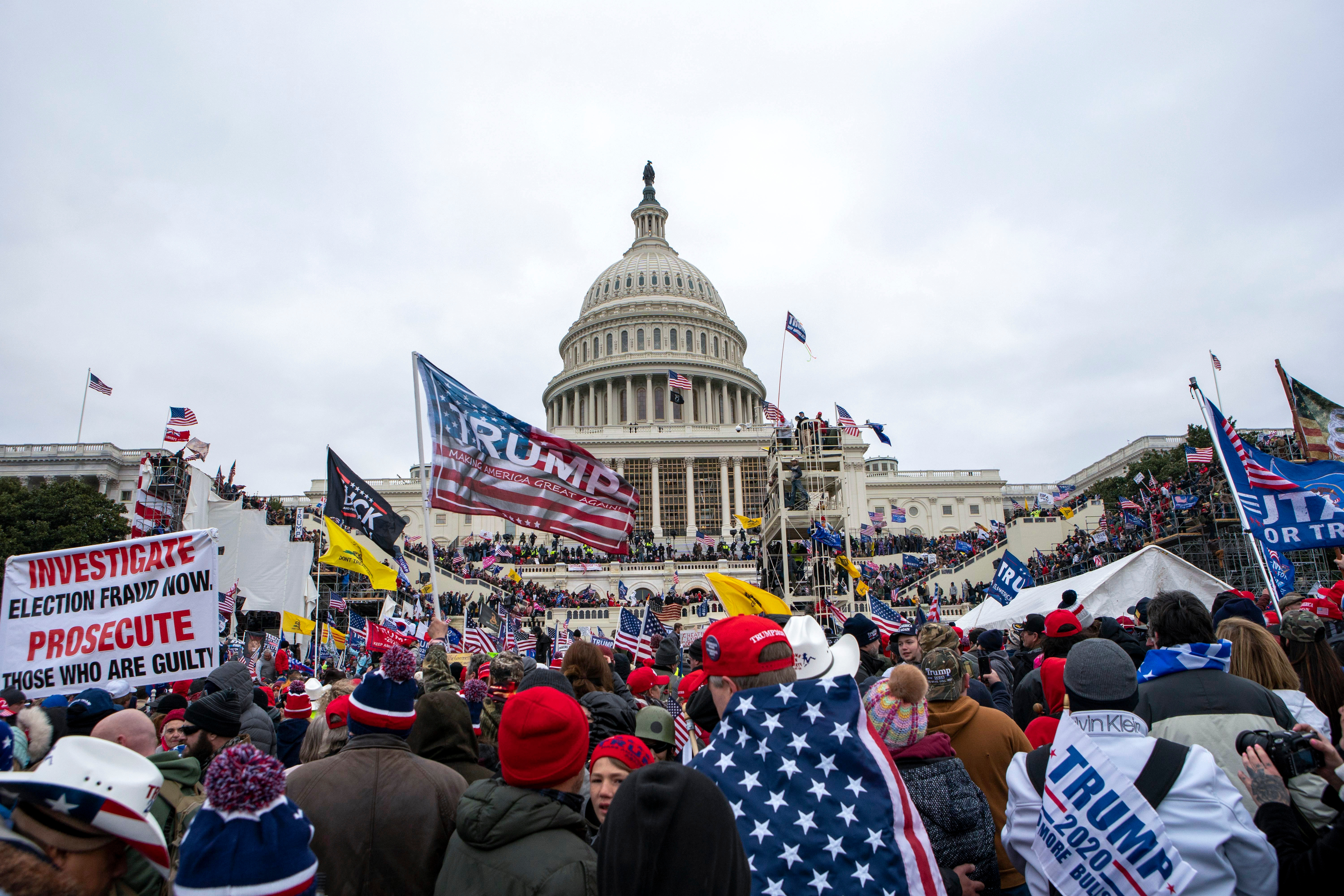A national outcry, ignited by the death of Jordan Neely, who was put in a deadly chokehold on a New York City subway in early May. The suspect is facing manslaughter charges.
"Jordan Neely did not deserve to die. And all of us must work together to do more for our brothers and sisters struggling with serious mental illness," said New York City Mayor Eric Adams.
But a heated debate surrounds the case, with questions over law enforcement, the homelessness crisis, and public safety, particularly on mass transit.
Through his attorneys, defendant Daniel Penny released a statement that said: "We hope that out of this awful tragedy will come a new commitment by our elected officials to address the mental health crisis on our streets and subways."
The attorney for the Neely family told the press, "We don't want anybody afraid on the subway. But we want people to look at those that may be there in that situation and say, 'Why?'"
Fears of violence on public transit have gripped cities across America.
Recent numbers from Bay Area Rapid Transit show 22% of residents surveyed avoid public transit due to safety concerns.
For 2022, the Chicago Transit Authority's Customer Satisfaction Survey showed a nearly 30% drop in safety satisfaction on trains and buses compared to 2016.
Even though nationwide FBI data shows violent crime rates are generally 40 to 60% lower than the spike in the early 1990s, there's been a noted uptick in recent years on transit.
According to data from local officials and transit authorities, a number of major cities have seen a rise in crimes on public transit, even before the start of the pandemic.
Crime on New York City public transit has increased year over year, data shows, driven mostly by larceny—for example, a phone or wallet stolen—and assault.

Marine veteran who fatally choked NYC subway rider surrenders
Two weeks after a man pinned a fellow subway rider to the floor and put him in a fatal chokehold, Manhattan prosecutors have announced charges.
In September 2022, a man was hit on the head with a wine bottle as he rode a CTA train in Chicago.
And in early May, San Francisco Bay area riders reported a man slashing a passenger with a cleaver.
The incidents come despite the increase in police funding across nearly all US city budgets, which often includes a rise in police presence on transit.
The number of police on public transit has been steadily rising in major cities since before COVID, in response to previous spikes in crime.
Debra Johnson, the CEO of Denver's Regional Transportation District, told Scripps News that the general environment since COVID may be a cause for the rise of violence.
"Coming out of COVID, just across the board, it seems people aren't as kind and generous as they used to be, and recognizing that people are dealing with a myriad of things that we know nothing about," said Debra Johnson, CEO of Denver's Regional Transportation District.
Other experts point to low ridership as a contributing factor. Empty stations and trains make criminals feel emboldened.
The American Public Transportation Association, which looks at all public transit data across the U.S. and Canada, shows just how big the difference is.
A drop that has barely begun to recover.
And finally, some rider safety concerns are related to the homelessness crisis, despite the fact that evidence is mixed on links between homelessness and crime.
Public transit has at times served as a space for the unsheltered.
In 2022, New York City released its subway safety plan, saying subways are "not meant to house individuals or provide recreational space."
It also says, "Enforcement without short- and long-term support, from mental health care to housing, will not solve this challenge."
As housing costs rise, shelters fill up, and health resources shrink in city budgets, many experiencing homelessness see public transit as a last safe place to stay.











